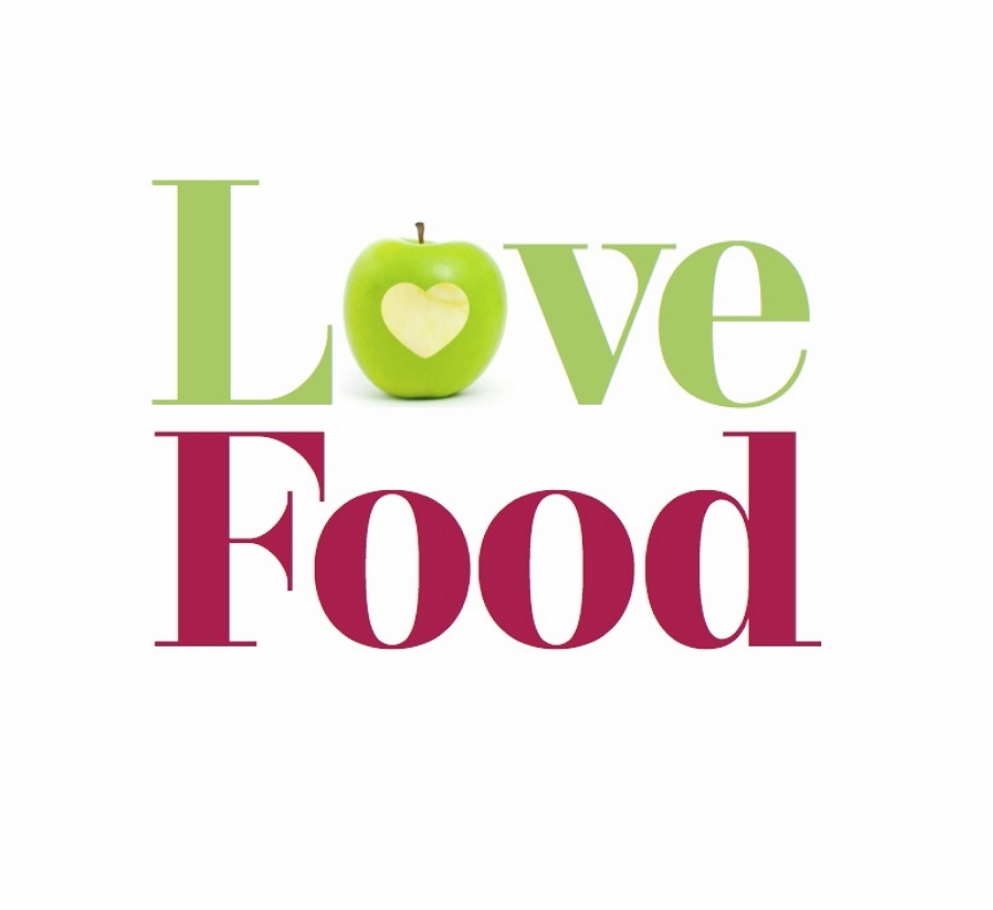BENEFITS OF GARLIC
Garlic is one of those few wonder ingredients for any cooking…it’s quite magical!
We know some people don’t like garlic and find it just too strong, whereas most people can’t get enough of it. Usually, if you are on the healthier / fitter side of the equation, or on the journey, your body craves garlic for its fresh zest and spicy vitality…in a fresh juice, in a soup or in your cooking.
Roasting garlic transforms the flavour and can be a good way to start.
You know, roasting garlic transforms its flavor, texture, and aroma, making it milder, sweeter, and creamier than raw garlic.
Here's what happens when you roast garlic:
Flavor: Roasting garlic mellows its pungency, resulting in a sweet and nutty flavor with caramelized undertones. The harshness and spiciness of raw garlic are significantly reduced.
Texture: The cloves become soft and spreadable, similar to a paste or puree. The individual cloves can easily be squeezed out of their skins after roasting.
Aroma: Roasted garlic has a rich, savory aroma that is less intense and overpowering compared to raw garlic. It is often described as warm and inviting.
Nutritional changes: While roasting garlic may cause some loss of nutrients due to heat exposure, it retains many of its health benefits, including its antioxidant properties.
Uses: Roasted garlic can be used in various ways, such as spreading it on bread, mixing it into mashed potatoes or pasta dishes, adding it to sauces and dressings, or using it as a flavor enhancer in soups and stews.
To roast garlic, you can simply cut the top off a head of garlic to expose the cloves, drizzle it with olive oil, wrap it in foil, and bake it in the oven until the cloves are soft and golden brown.
All the different ways to use garlic.
Garlic is a versatile ingredient that can enhance the flavor of a wide variety of dishes, both savory and sweet.
Here are some ways to use garlic in your food and drinks:
Sautéed or fried: Add minced or chopped garlic to a hot pan with some oil or butter and cook until fragrant and lightly golden brown. This is a common technique used as a base for many dishes.
Roasted: Roasted garlic has a sweet, mellow flavor. Use it as a spread for bread, mix it into mashed potatoes or pasta dishes, or add it to sauces and dressings.
Raw: Raw garlic has a sharp, pungent flavor. It can be used in salad dressings, salsas, guacamole, or as a seasoning for meats and vegetables.
Pickled: Pickled garlic can be a flavorful addition to salads, sandwiches, or cheese platters. It can also be used as a garnish for cocktails or added to marinades and sauces.
Powdered: Garlic powder is a convenient way to add garlic flavor to dishes. It can be sprinkled on meats, vegetables, popcorn, or used to season sauces and soups.
Infused: Garlic-infused oil can be used to add flavor to dishes without the need to use fresh garlic. It can be drizzled over pasta, pizza, or used in salad dressings.
In drinks: While not as common, garlic can be used in drinks for its flavor and potential health benefits. For example, garlic can be infused into vinegar for a tangy drink or blended into smoothies with other ingredients like ginger and spinach for a nutritious boost.
When using garlic, it's important to note that a little goes a long way, as it has a strong flavor. Adjust the amount of garlic based on your personal preference and the dish you are preparing.
At LOVE FOOD, we use garlic wherever we can…especially in our Soups! And when we make or order a juice (which we don’t have as much because it still has a lot of natural sugar!), we would always ask for extra garlic!
For dinner, when we make a stir-fry, we would always have a punch of garlic in it.
So, we would encourage you to get as much garlic into your daily diet - you body will love you for it!
Health benefits of garlic
Garlic is renowned for its health benefits, which stem from its sulfur-containing compounds, such as allicin, which are formed when garlic is crushed or chopped. It has been celebrated for its culinary and medicinal properties for centuries.
Here are some of the potential benefits of garlic:
Nutrient-rich: Garlic is low in calories but packed with nutrients like manganese, vitamin C, vitamin B6, selenium, and fiber.
Antioxidant properties: Garlic contains antioxidants that help protect your cells from damage caused by free radicals. This may reduce the risk of certain chronic diseases.
Heart health: Garlic has been linked to several heart-healthy benefits, including reducing blood pressure, improving cholesterol levels, and reducing the risk of heart disease.
Antibacterial and antiviral: Garlic has natural antibacterial and antiviral properties, which may help the body fight off infections, including the common cold and flu.
Anti-inflammatory: Some studies suggest that garlic may have anti-inflammatory effects, which could benefit conditions like arthritis.
Immune system support: Garlic may help strengthen the immune system, making it easier for your body to fight off infections.
Cancer prevention: Some research indicates that garlic consumption may be associated with a reduced risk of certain types of cancer, particularly those affecting the digestive system.
Improved athletic performance: Some athletes use garlic supplements to potentially improve exercise performance and reduce exercise-induced fatigue.
Improved bone health: Garlic may have a positive effect on bone health by increasing estrogen levels in females, which could help prevent osteoporosis.
Potential blood sugar control: Some studies suggest that garlic may help improve insulin sensitivity and regulate blood sugar levels, which could benefit those with diabetes or at risk of developing it.

